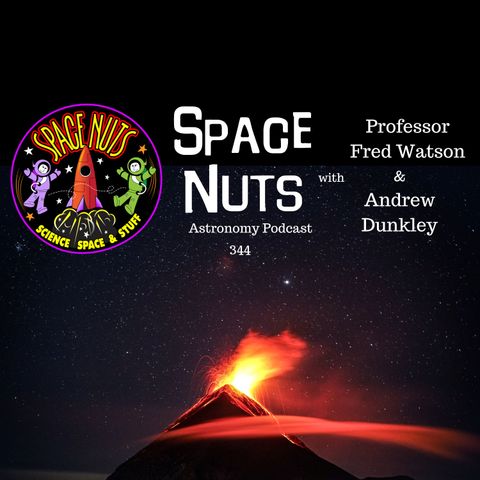In this episode of the podcast, Fred Watson embarks on a journey to the National Press Club to attend a big event featuring NASA Administrator Bill Nelson, only to find himself in the wrong place at the wrong time and caught in a thunderstorm.
"If you're going to bet on where the most likely place for an eruption to occur on Venus, this would be it. It's the tallest volcano on the planet." Fred Watson was in a hotel room in Canberra when a thunderstorm struck, sending him scrambling to unplug his electronics. While there, he heard about the National Press Club lunch with the NASA administrator, Bill Nelson, and his deputy, Pam Melroy. He managed to get a ticket and attended the event, where he learned about the volcanically active planet Venus. Robert Herrick, a planetary scientist at the University of Alaska, had detected a particular volcanic vent that had changed in shape and size over an eight month period. Professor Herrick suggested that this could be a recent volcanic event; and Trevor Allen's research on the carbonaceous asteroid, 162173 Ryugu, uncovered evidence of uracil, a component of RNA molecules. In this episode, you will learn the following: 1. What is the Veritas mission and how could it further our understanding of volcanoes on Venus?Herrick 2. How did researchers detect uracil in the carbonaceous asteroid 162173 Ryugu? 3. How does the sun's core lose mass and energy and how does it become visible radiation? Connect with us: Facebook: @spacenutspodcast YouTube: @spacenutspodcast Twitter: @spacenutspodcst Website:
www.spacenuts.io Loved this episode? Leave us a review and rating here:
https://www.bitesz.com/show/space-nuts/reviews/new/ Sponsor Details: This episode is brought to you thanks to the support of NordVPN. To check out the special Space Nuts deals at the moment, just visit
www.nordvpn.com/spacenuts and click on the Get the Deal button. Thank you.


